Last week, the British press really turned on the Prince and Princess of Wales in a big way, all because of the Waleses’ planned move to their “forever home,” Forest Lodge. Alongside the Forest Lodge news, William and Kate’s office confirmed that they will never live in Windsor Castle or Buckingham Palace at any time, and they plan to live a humble life in a modest eight-bedroom lodge, where they’ll mostly tweet their support instead of showing up. Robert Jobson accused William of wanting to be a “part-time monarch,” but imo, even that is wishful thinking – they’ll be lucky if William even commits to part-time hours. Robert Hardman basically said that when the time comes, the prime minister will have to order the Keens to live in Buckingham Palace (or at least order them to live in London). Well, Richard Palmer at The i Newspaper tried to do some clean-up on the whole “lazy parttime king” narrative. The basic message is: no, you don’t understand, William isn’t going to do jacksh-t, because he’s more impact-focused!!
Under King William, the number of working Royals is expected to fall to five or six, around half the number now and a third of the total at times in the late Queen Elizabeth’s reign.
“William won’t have cousins helping him like the Queen did. So he’ll have to work smarter,” one Royal source said. It is likely to mean more of a focus on short-term campaigns and events bringing various charities together rather than the King and his family each representing hundreds of voluntary organisations.
Princess Anne, who marked her 75th birthday on 15 August, has indicated she is prepared to work on and Edward and Sophie, once minor figures, are expected to play an increasingly prominent role in this reign and the next under William. But there will be no room for their children on the taxpayer-funded payroll.
Prince George, the 12-year-old future king, will undertake his own Royal duties eventually, perhaps after a spell in the Armed Forces but it is too early to say for definite yet whether his siblings Princess Charlotte, 10, and Prince Louis, seven, will have careers outside of the Firm or will be working Royals supporting the family.
“William and Catherine are modern parents. They may have their thoughts but I think they’ll wait to see what the children want to do,” one former senior aide said, refusing – like several others – to rule out the possibility that both Charlotte and Louis could ultimately have careers outside the family.
If Prince Harry and Meghan had stayed, then they would have had a prominent role but the chances of their children, Prince Archie, six, and Princess Lilibet, four, representing the British monarchy in the future are said to be negligible and probably would have been even if their parents had remained.
William V’s reign is likely to continue to embrace the pomp and ceremony for which the Royal Family is famous but in many ways it will start to resemble more closely the more informal and modest counterparts in Europe, the so-called “bicycling monarchies”. Once seen as a negative by Britons wedded to the grandeur of our Royalty, these more informal monarchies are now just as popular, if not more so, than ours domestically. What worked for Queen Elizabeth often does not for King Charles and when William becomes king, it is likely that we will see an even more informal style.
Even during official engagements there will often be less formality. William, like his brother Prince Harry, has never really wanted to have line-ups of dignitaries at every event and is no fan of Lord Lieutenants, the monarchy’s ceremonial official representatives in each county whose expenses cost taxpayers around £1.5m a year.
In 2016 William suggested he would be less political than his father and more like his grandmother Queen Elizabeth. But since then he and Kate have eschewed many of the traditional ribbon-cutting duties, choosing instead to focus on a small number of campaigns, such as ending homelessness, combatting climate change, and giving children a better start in life. That approach is expected to continue in the next reign. “It’s all about impact,” one senior aide said.
A smaller number of working Royals doing fewer engagements should mean fewer staff – the couple currently employ 68, about half the number who worked for Charles at his peak as Prince of Wales. It could also mean a real-terms drop in the cost of the monarchy, and possibly savings for the taxpayer. The Palace, which is already sensitive to criticism about the cost of the monarchy and worried about a review of the Sovereign Grant due in 2027, will be conscious of the need to save money. How much exactly remains to be seen. At the moment the cost of monarchy amounts to £132m directly from the taxpayer in the Sovereign Grant, rising to an estimated £500m when security and various other funding sources are added.
Under King Charles, there’s already been a reduced number of working royals and yet the Sovereign Grant has been vastly increased. That’s because the SG was set as a percentage of “income” derived from royal properties, and the Crown is now making so much money from leasing their land for wind farms. It’s very, very likely that “King William” will still have an SG over £130 million, all to finance five or six working royals (several of whom will be over the age of 65). “It’s all about impact” is WILD considering nothing Will and Kate do has any impact, ever. Their charitable patronages are always in desperate need of money, and there are fewer royals acting as patrons to fewer charities. The idea of a “bicycling monarchy” is that the monarchy is more streamlined AND responsive AND visible. What William wants is not that – he wants an Edwardian monarchy where he can disappear for weeks or months and people only expect to see him once in a blue moon, and he doesn’t want to do literally any work beyond that.
Photos courtesy of Avalon Red, Cover Images, Kensington Royal social media.
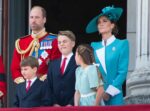

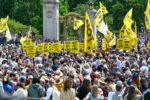




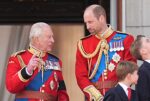


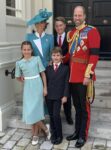



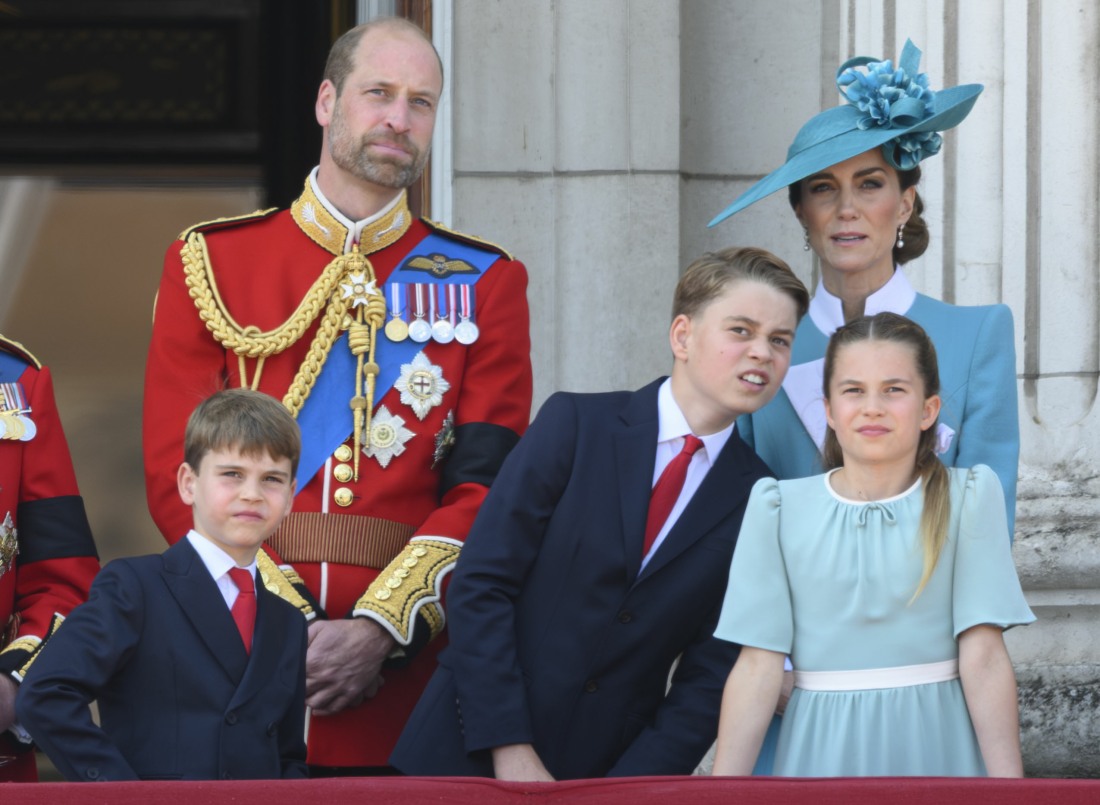




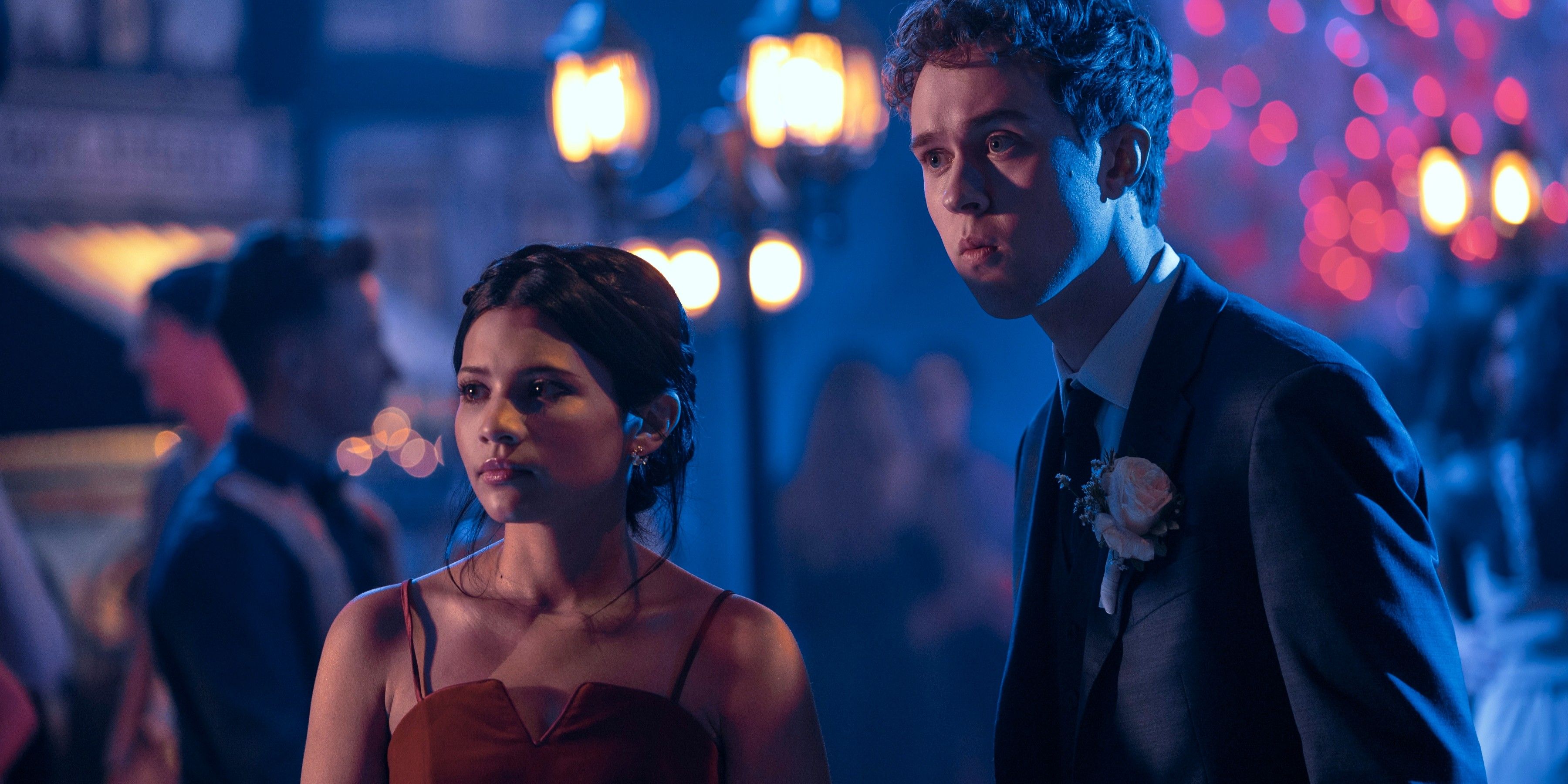







 Bengali (Bangladesh) ·
Bengali (Bangladesh) ·  English (United States) ·
English (United States) ·